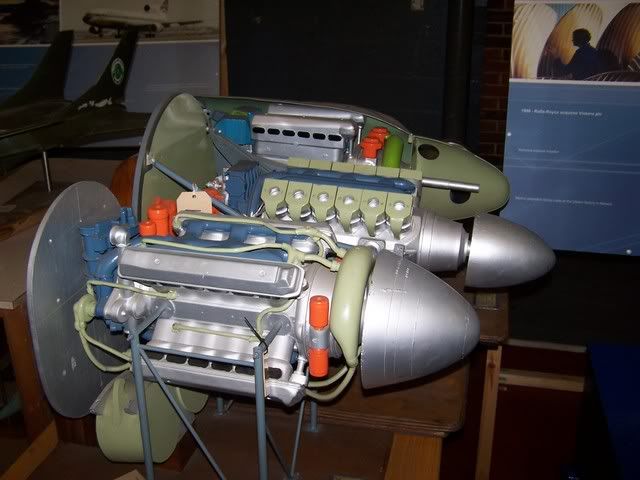You are not logged in.
Quoted
Originally posted by HoOmAn
Nice news piece but....
....I don´t understand the rational behind the Maeonides Major 650hp 14-cyl double-row radial.
Why build a complex and expensive two-row 14 cylinder engine when you can get the same power output from a 7 or 9 cylinder engine?!
Quoted
Originally posted by Hood
Would be nice to think Alvis could have some luck in WW.
Quoted
Originally posted by Hood
Really I haven't any aircraft that need these engines just yet (although the 1,300 and 1,800hp engines might be useful as a back-up to the Hercules) but someone might order some in WW. After all Gothia Works and many other non-OTL firms seem adept at building world beating engines don't they?

Forum Software: Burning Board® Lite 2.1.2 pl 1, developed by WoltLab® GmbH
